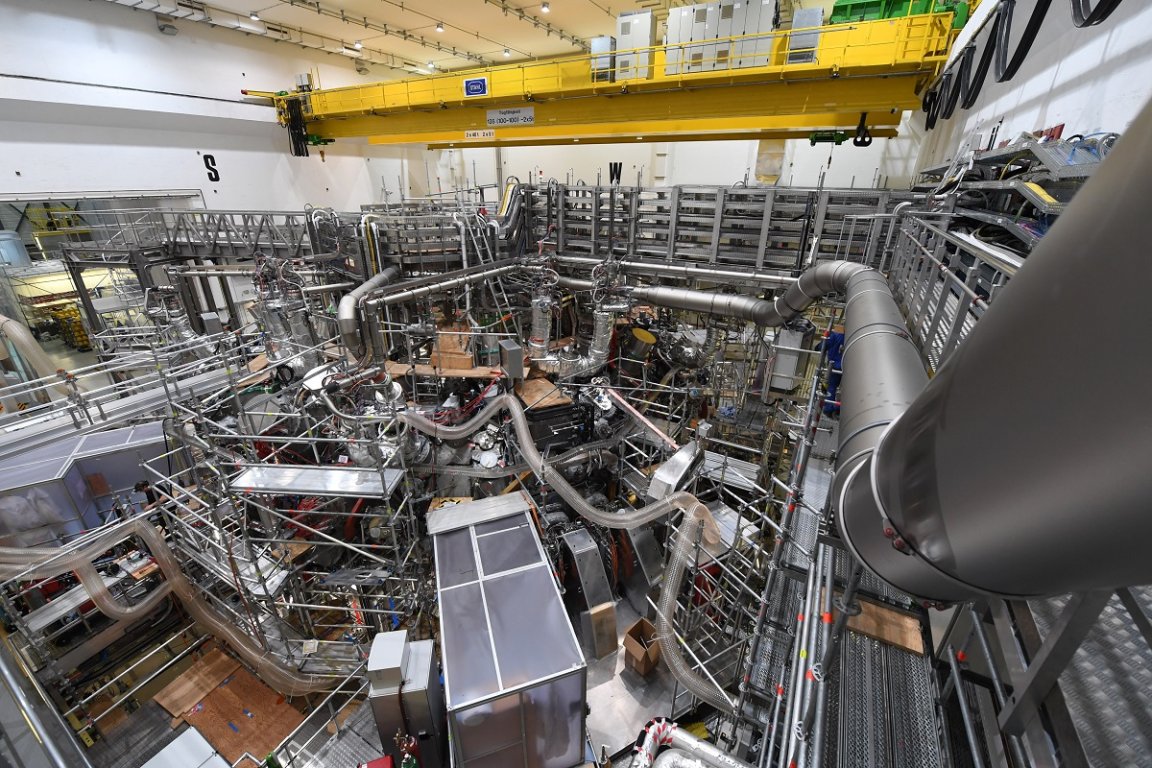
Star Power
The race to commercial nuclear fusion is heating up after German startup Proxima Fusion announced that it’s raised the equivalent of around $8.6 million to build awild-looking type of reactor called a stellarator, which looks like a distorted and especially twisty French cruller doughnut.
Nuclear fusion, the process which powers up the Sun and other stars, promises to be a source of safe, clean and plentiful energy if harnessed and commercialized, nevermind a game-changing tool to fight the impacts of climate change. That’s a huge “if,” though — untold billions have gone into the tech over the decades, without so far yielding anything approaching a practical or scaled-up power generation system.
If money talks, though, that could be starting to change. And Proxima is indeed talking a big talk: with this modest funding in the bag, it says it’s hoping to have the world’s first nuclear fusion power plant online “within the 2030s.”
Artificial Sun
Most current designs for nuclear fusion reactors can be divided into two types: the tokamak and stellarator. Both are magnetic confinement fusion devices, in which hydrogen isotopes are heated up to temperatures hotter than the Sun. These excited particles become energized plasma and are spun around inside a circular chamber or vessel. Powerful magnetic coils wrapping around the vessel confine the charged plasma, where atoms fuse and release intense power.
A tokamak is a type of magnetic confinement fusion device shaped like a doughnut, and has been the leading prototype for nuclear fusion reactors. Stellarators have a far more complex design, with a series of magnets spiraling around the plasma.
Proxima is basing its techn on work developed at the Max Planck Institute for Plasma Physics (IPP.) Scientists and engineers at the institute have worked on Wendelstein 7-X (W7-X) — pictured above — the world’s largest and most technologically advanced stellarator, which provides the basis for the future stellarator device at Proxima, which was spun out from IPP.
“A tokamak is kind of easy to design, hard to operate, whereas a stellarator is super hard to design but once you’ve designed it, it’s way easier to operate,” said Ian Hogarth, the cofounder of Plural Platform, which is helping fund Proxima, told the Financial Times.
More on fusion: Gloomy Physicists Say Nuclear Fusion Breakthrough Is Too Late to Save Us